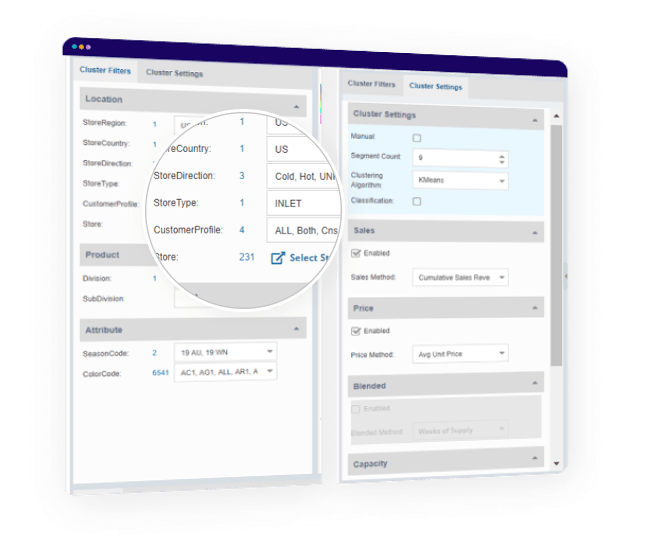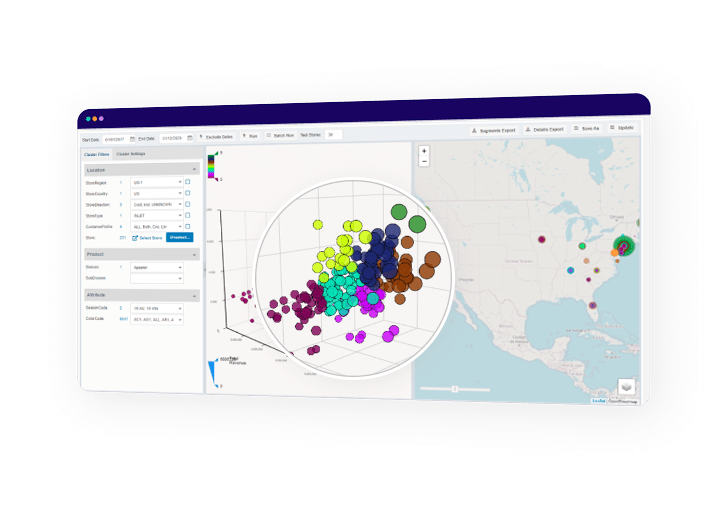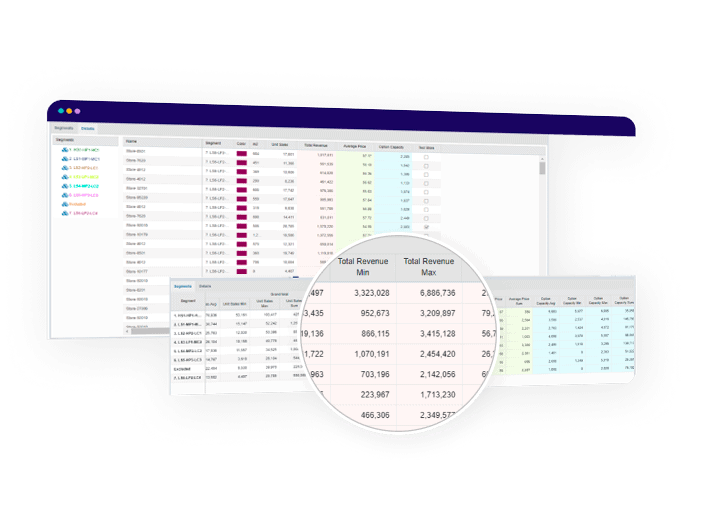
8 Steps to Follow While Doing Cluster Analysis for Smart Decision-Making
How do you measure the performance of your retail stores? Ordering by a metric and comparing the best and worst might also be useless most of the time since they probably have different dynamics.
Discover the steps to implementing an effective cluster analysis for making smart decision in the your supply chain planning and boosting your business.

















